-
 Bitcoin
Bitcoin $116800
1.37% -
 Ethereum
Ethereum $3832
5.15% -
 XRP
XRP $3.063
2.69% -
 Tether USDt
Tether USDt $1.000
0.04% -
 BNB
BNB $774.1
0.84% -
 Solana
Solana $170.7
1.56% -
 USDC
USDC $0.0000
0.01% -
 Dogecoin
Dogecoin $0.2142
5.31% -
 TRON
TRON $0.3406
1.90% -
 Cardano
Cardano $0.7635
3.81% -
 Hyperliquid
Hyperliquid $39.55
2.42% -
 Sui
Sui $3.732
7.71% -
 Stellar
Stellar $0.4127
4.25% -
 Chainlink
Chainlink $17.80
6.91% -
 Bitcoin Cash
Bitcoin Cash $576.7
1.66% -
 Hedera
Hedera $0.2521
3.28% -
 Ethena USDe
Ethena USDe $1.001
0.01% -
 Avalanche
Avalanche $22.66
2.19% -
 Litecoin
Litecoin $121.3
2.98% -
 UNUS SED LEO
UNUS SED LEO $8.959
-0.31% -
 Toncoin
Toncoin $3.325
2.88% -
 Shiba Inu
Shiba Inu $0.00001263
2.84% -
 Uniswap
Uniswap $10.11
4.79% -
 Polkadot
Polkadot $3.769
3.22% -
 Dai
Dai $1.000
0.01% -
 Bitget Token
Bitget Token $4.413
1.46% -
 Monero
Monero $272.9
-4.98% -
 Cronos
Cronos $0.1488
4.22% -
 Pepe
Pepe $0.00001088
4.01% -
 Aave
Aave $273.0
4.73%
Can HTX contract set the stop-profit and stop-loss ratio? How to calculate the percentage
HTX users can set stop-profit and stop-loss orders to manage risk; calculate percentages using: (Stop Price - Entry Price) / Entry Price * 100.
May 07, 2025 at 04:29 am
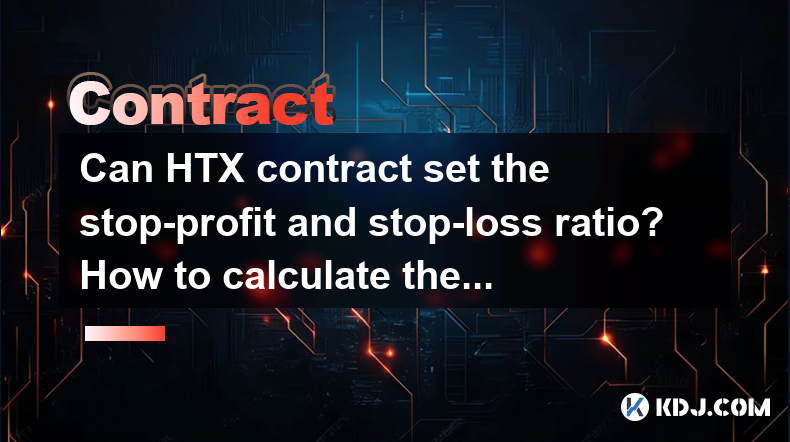
Can HTX contract set the stop-profit and stop-loss ratio? How to calculate the percentage
Trading cryptocurrencies involves a significant amount of risk, and one way traders manage this risk is by setting stop-profit and stop-loss orders. HTX, a prominent cryptocurrency exchange, offers these tools to its users. This article will explain how to set the stop-profit and stop-loss ratios on HTX and how to calculate the percentage for these orders.
Understanding Stop-Profit and Stop-Loss Orders
Stop-profit and stop-loss orders are essential tools for traders to manage their positions effectively. A stop-profit order automatically closes a trade when the price reaches a certain level of profit, ensuring that the trader locks in gains. Conversely, a stop-loss order is designed to limit losses by closing a trade when the price moves unfavorably beyond a predetermined level.
Setting Up Stop-Profit and Stop-Loss on HTX
HTX allows users to set both stop-profit and stop-loss orders directly from their trading interface. Here's how you can do it:
- Log into your HTX account and navigate to the trading section.
- Select the cryptocurrency pair you wish to trade.
- Open a new order by clicking on the "Order" button.
- Choose the type of order you want to place. For stop-profit and stop-loss, you will typically use a "Limit" or "Market" order with additional conditions.
- Set the stop-profit level by entering the price at which you want the trade to close for profit. For example, if you bought Bitcoin at $30,000 and want to secure a profit at $33,000, you would set the stop-profit at $33,000.
- Set the stop-loss level by entering the price at which you want the trade to close to limit losses. Using the same example, if you want to limit your loss at $28,000, you would set the stop-loss at $28,000.
- Confirm the order and monitor your trade.
Calculating the Stop-Profit and Stop-Loss Percentage
Calculating the percentage for stop-profit and stop-loss orders is crucial for effective risk management. Here's how you can calculate these percentages:
Stop-Profit Percentage: To calculate the stop-profit percentage, use the following formula:
[
\text{Stop-Profit Percentage} = \left( \frac{\text{Stop-Profit Price} - \text{Entry Price}}{\text{Entry Price}} \right) \times 100
]
For example, if you bought Bitcoin at $30,000 and set a stop-profit at $33,000:
[
\text{Stop-Profit Percentage} = \left( \frac{33,000 - 30,000}{30,000} \right) \times 100 = 10\%
]Stop-Loss Percentage: To calculate the stop-loss percentage, use the following formula:
[
\text{Stop-Loss Percentage} = \left( \frac{\text{Entry Price} - \text{Stop-Loss Price}}{\text{Entry Price}} \right) \times 100
]
Using the same example, if you set a stop-loss at $28,000:
[
\text{Stop-Loss Percentage} = \left( \frac{30,000 - 28,000}{30,000} \right) \times 100 = 6.67\%
]
Adjusting Stop-Profit and Stop-Loss Orders
Traders often need to adjust their stop-profit and stop-loss orders based on market conditions. HTX allows users to modify these orders easily:
- Navigate to the "Open Orders" section in your HTX account.
- Find the order you wish to modify.
- Click on the order to open the modification window.
- Adjust the stop-profit or stop-loss price as needed.
- Confirm the changes to update the order.
Monitoring and Managing Orders
Effective monitoring and management of stop-profit and stop-loss orders are crucial for successful trading. Here are some tips for managing your orders on HTX:
- Regularly check the market conditions to ensure your stop-profit and stop-loss levels are still appropriate.
- Use HTX's mobile app to monitor your trades on the go.
- Set alerts for when your stop-profit or stop-loss levels are reached, so you can take action if necessary.
- Review your trading strategy periodically to adjust your stop-profit and stop-loss percentages based on your performance and market trends.
Common Mistakes to Avoid
When setting stop-profit and stop-loss orders, traders often make common mistakes that can impact their trading performance. Here are some pitfalls to avoid:
- Setting stop-profit and stop-loss levels too tight: This can result in premature closure of trades due to normal market volatility.
- Ignoring market trends: Failing to adjust stop-profit and stop-loss levels in response to changing market conditions can lead to missed opportunities or increased losses.
- Over-reliance on automated orders: While stop-profit and stop-loss orders are useful, they should be part of a broader trading strategy that includes manual intervention when necessary.
Frequently Asked Questions
Q: Can I set multiple stop-profit and stop-loss orders for the same trade on HTX?
A: HTX allows you to set only one stop-profit and one stop-loss order per trade. If you need to adjust these levels, you must modify the existing order.
Q: What happens if the market price gaps through my stop-profit or stop-loss level?
A: If the market price gaps through your set levels, HTX will execute the order at the next available price. This might result in a slightly different execution price than your set stop-profit or stop-loss level.
Q: Can I cancel a stop-profit or stop-loss order after it has been set?
A: Yes, you can cancel a stop-profit or stop-loss order at any time before it is triggered. Navigate to the "Open Orders" section on HTX, find the order, and click on the "Cancel" button.
Q: How does HTX handle partial fills for stop-profit and stop-loss orders?
A: HTX will attempt to fill the entire order at the specified stop-profit or stop-loss price. If only a partial fill is possible, the remaining portion of the order will stay active until it is fully executed or canceled.
Disclaimer:info@kdj.com
The information provided is not trading advice. kdj.com does not assume any responsibility for any investments made based on the information provided in this article. Cryptocurrencies are highly volatile and it is highly recommended that you invest with caution after thorough research!
If you believe that the content used on this website infringes your copyright, please contact us immediately (info@kdj.com) and we will delete it promptly.
- Ripple, Rail, and Stablecoin Payments: A $200M Power Play
- 2025-08-07 22:50:12
- Punisher Coin Presale: The Next $Trump? Aiming for 100x Gains!
- 2025-08-07 22:50:12
- Riding the Crypto Wave: Presale Cryptos, Cold Wallets, and the BTC Bull Run
- 2025-08-07 23:10:12
- Crypto's Wild Ride: Punisher Coin, Popcat, and the Meme Coin Mania
- 2025-08-07 23:10:12
- Bitcoin Price, XRP Prediction, Cryptocurrency: Navigating the Wild West of Digital Assets
- 2025-08-07 23:15:12
- WiMi, Quantum Computing, and AR Tech: Navigating the Future Today
- 2025-08-07 22:30:12
Related knowledge
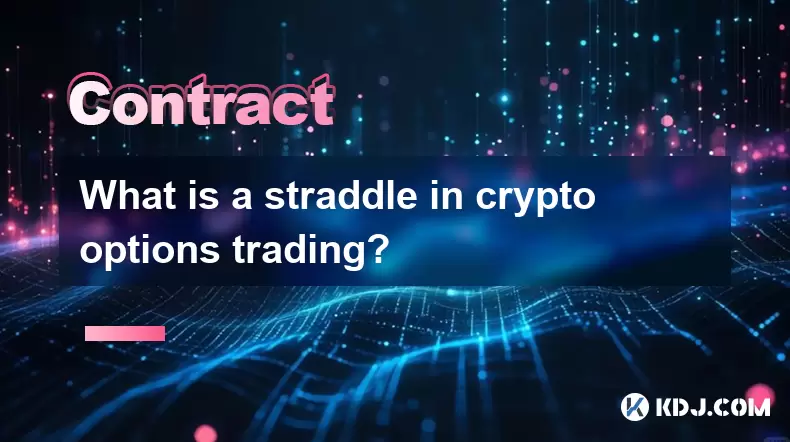
What is a straddle in crypto options trading?
Aug 07,2025 at 11:15pm
Understanding the Basics of a Straddle in Crypto OptionsA straddle is an options trading strategy used when a trader expects significant price movemen...
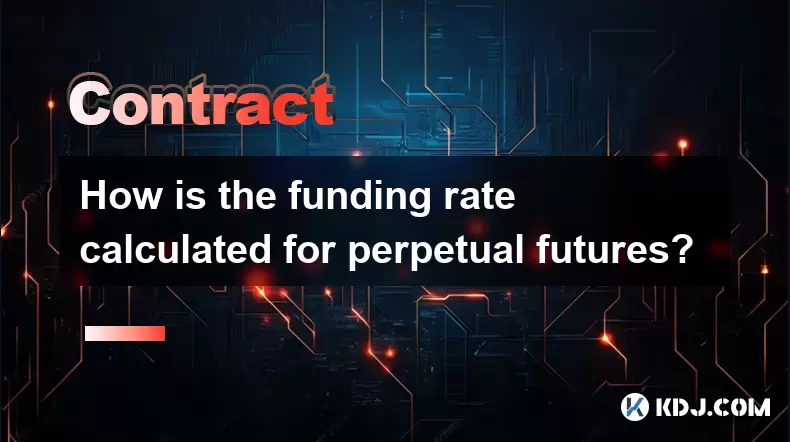
How is the funding rate calculated for perpetual futures?
Aug 07,2025 at 11:36pm
Understanding the Basics of Perpetual FuturesPerpetual futures are a type of derivative contract that does not have an expiration date, allowing trade...

What programming languages are used for smart contracts?
Aug 07,2025 at 06:07pm
Understanding Smart Contracts and Their Execution EnvironmentSmart contracts are self-executing programs deployed on blockchain networks that automati...
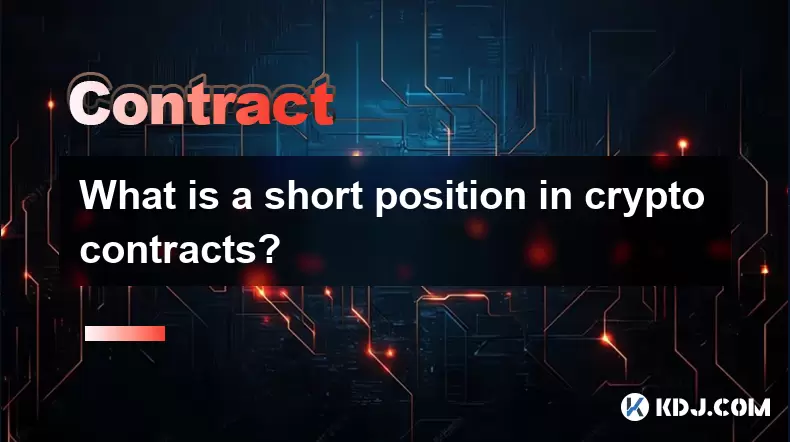
What is a short position in crypto contracts?
Aug 07,2025 at 11:42pm
Understanding the Concept of a Short Position in Crypto ContractsA short position in crypto contracts refers to a trading strategy where a trader prof...
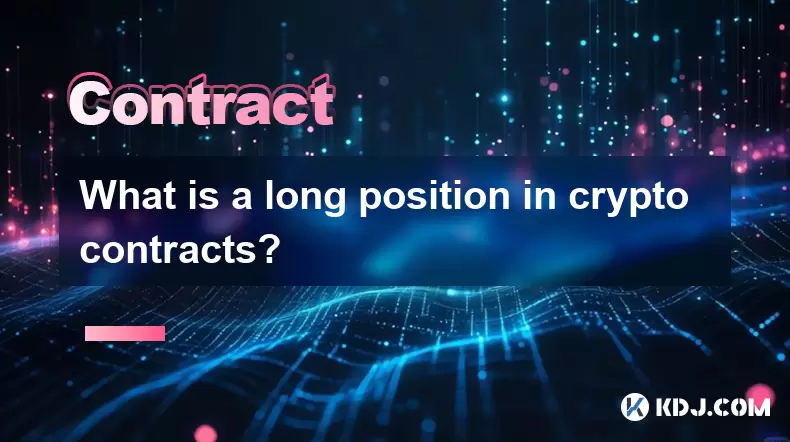
What is a long position in crypto contracts?
Aug 07,2025 at 06:29pm
Understanding the Concept of a Long Position in Crypto ContractsA long position in crypto contracts refers to a trading strategy where a trader buys a...

Why is my Bitstamp futures position being liquidated?
Jul 23,2025 at 11:08am
Understanding Futures Liquidation on BitstampFutures trading on Bitstamp involves borrowing funds to open leveraged positions, which amplifies both po...

What is a straddle in crypto options trading?
Aug 07,2025 at 11:15pm
Understanding the Basics of a Straddle in Crypto OptionsA straddle is an options trading strategy used when a trader expects significant price movemen...

How is the funding rate calculated for perpetual futures?
Aug 07,2025 at 11:36pm
Understanding the Basics of Perpetual FuturesPerpetual futures are a type of derivative contract that does not have an expiration date, allowing trade...

What programming languages are used for smart contracts?
Aug 07,2025 at 06:07pm
Understanding Smart Contracts and Their Execution EnvironmentSmart contracts are self-executing programs deployed on blockchain networks that automati...

What is a short position in crypto contracts?
Aug 07,2025 at 11:42pm
Understanding the Concept of a Short Position in Crypto ContractsA short position in crypto contracts refers to a trading strategy where a trader prof...

What is a long position in crypto contracts?
Aug 07,2025 at 06:29pm
Understanding the Concept of a Long Position in Crypto ContractsA long position in crypto contracts refers to a trading strategy where a trader buys a...

Why is my Bitstamp futures position being liquidated?
Jul 23,2025 at 11:08am
Understanding Futures Liquidation on BitstampFutures trading on Bitstamp involves borrowing funds to open leveraged positions, which amplifies both po...
See all articles

























































































